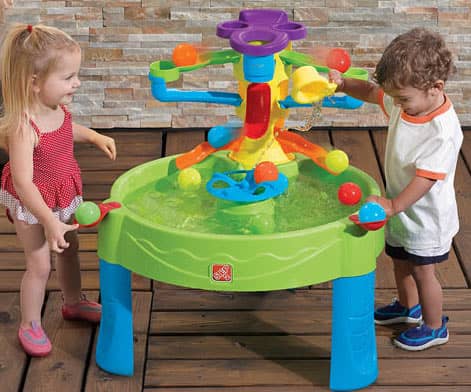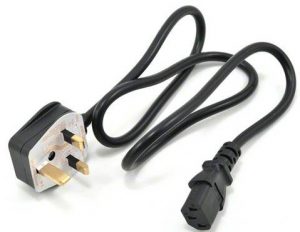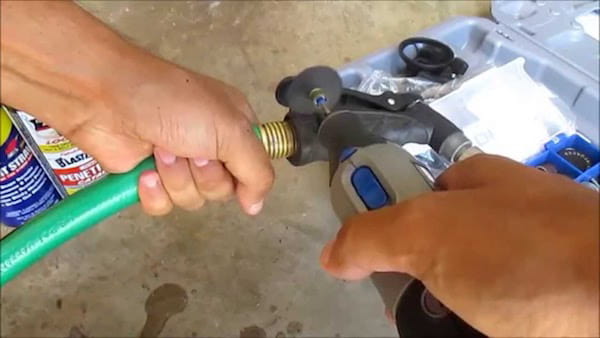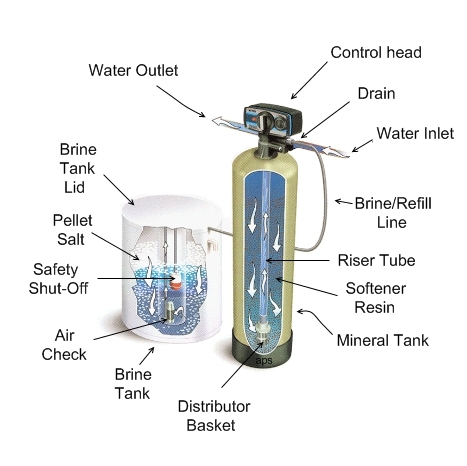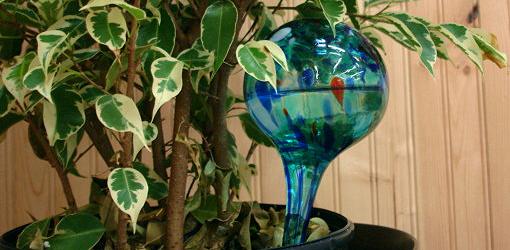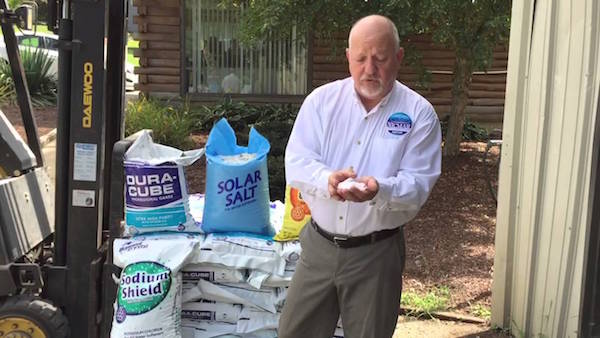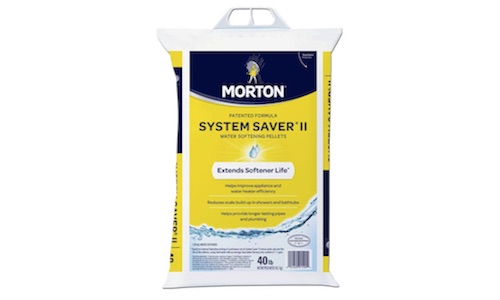Water is one of the essential sources that is necessary for the growth of plants. If you are not having that much time to regularly provide water to the plants, then watering globes are a type of blessing for you. Here, we will discuss in brief the tips and tricks on How to use watering globes for plants.
The watering globe acts as a lifesaver for plants as it continuously provides water to them. You just have to insert the water globe into the soil and the plant will receive a small amount of water for up to one week. This will help in maintaining the moisture in the soil and ultimately the life of the plant.
How to use watering globes for plants?
There are no other substitutes of the watering globes to take care of the plants. Also, it is advisable to clean this appliance at a regular interval of time. And if you are going to buy a watering globe for your home or garden, then you must read the further section of this article.
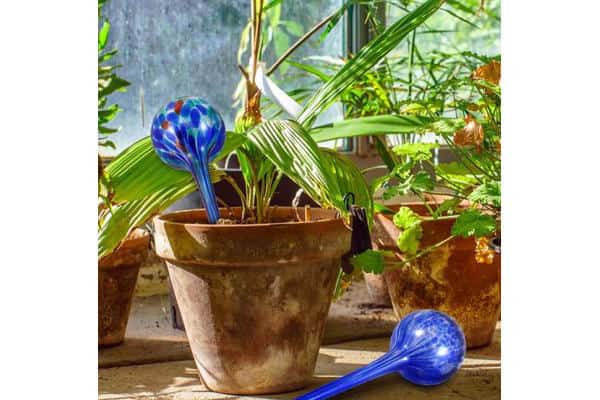
The watering globes are a very convenient and effective way to keep the soil moist for a long time. It can easily provide water to the plants for up to one week or two. If you are using the water globe for the first time, then you can follow the below steps that briefly shows how to use the water globe.
- Fill the water globe
- Firstly, you have to fill the globe with the water. For this you can use any method, you can use a jug to pour the water or directly fill the globe from the tap.
- Place the water globe into the vase
- You have to make a damp in the soil in order to insert the water globe in the vase. Now you might think that how deep you have to place it into the soil. This totally depends on the size of the water globe that you want to insert in the soil.
- Prevent the water globe from getting clogged
- If you directly insert the water globe into the soil, then the soil may get pushed inside the tube. So, you can make a hole in the soil with a pen or a knife. This way the soil will not enter the tube and help the water globe from getting clogged up.
- Regular cleaning
- It is advisable to clean the watering globes from time to time. You can use hot water or baking soda to clean the tube and other parts of this watering system. Also, it is necessary to replenish the watering globe every week or two.
- Watering globes for sensitive plants
- You can also use this system for the sensitive plants that cannot go without water even a day. For this types of plant, the watering globes are very effective. This will help to provide a stable flow of water to the plants.
The watering globe is very convenient in maintaining the health of the plants. Besides using the watering globes, it is also important to take extra care of the plants. Even after using the watering globe, the plant shows sign of wilting, then it is desirable to change the pot of the plant.
The above are some of the tips and tricks on How to use the watering globe system. We hope that these gardening tips are effective for your houseplants. If you are having any query regarding this, then you can contact us at Water Gadget. We would love to hear your thoughts and feedback on this subject. Thank you.
